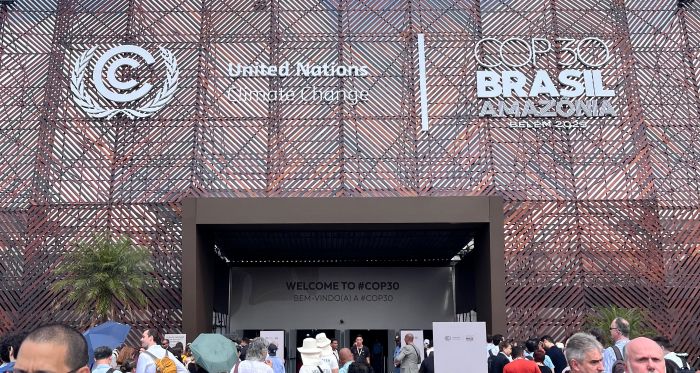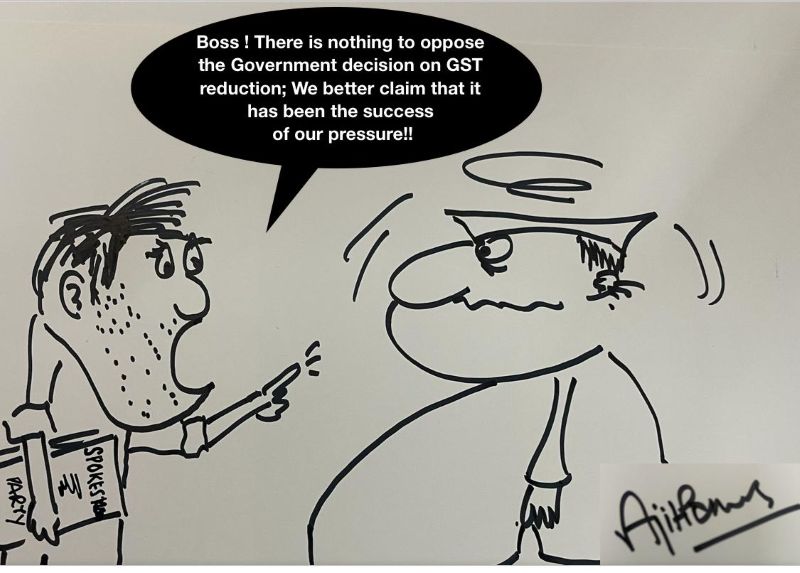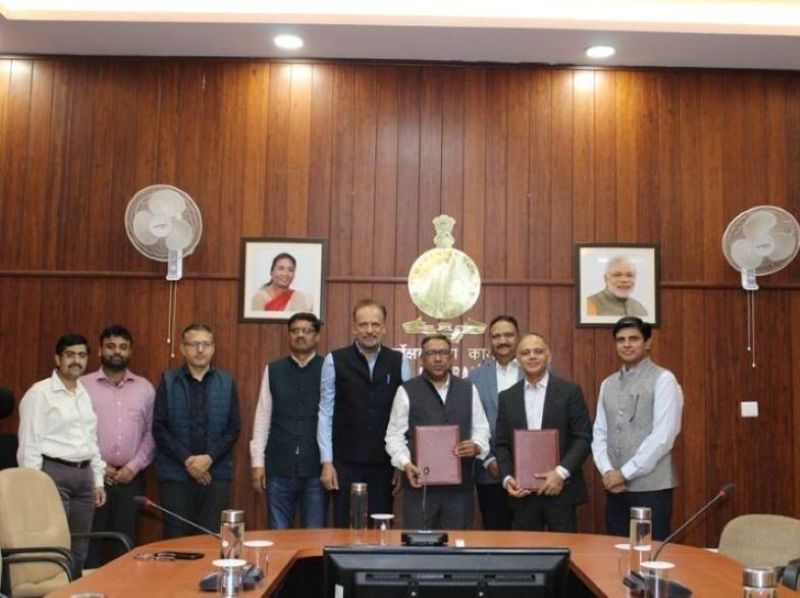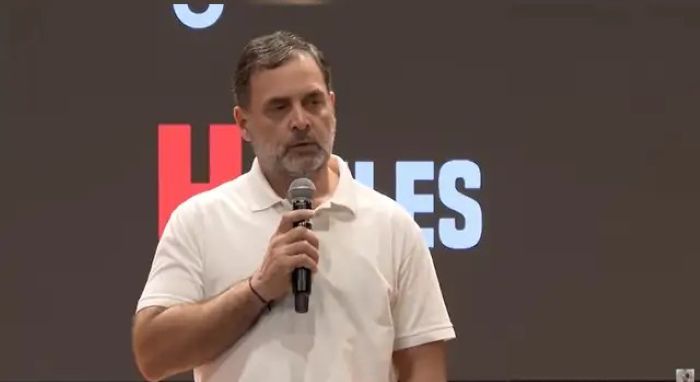Introduction
At COP30 in Belém, Brazil, India arrives with a remarkable record in clean energy and growing diplomatic influence. Yet its reliance on coal and under-funded adaptation efforts reveal the tension within its climate story — and the choices that will define its legacy.
As the world gathers in Belém, the 1.5 °C goal drifts further from reach, and trust in global climate negotiations continues to erode. For many developing nations, this summit is not about new declarations but about proving that old promises still matter. For India, it is both an opportunity and a test — to consolidate its leadership in clean energy while confronting contradictions that could blunt that leadership.
From Promises to Proof
Three decades after the first climate summit, the gap between ambition and implementation remains wide. Developing countries still await the long-pledged US$ 100 billion a year in climate finance from richer nations, while the US$ 300 billion annual target discussed at COP29 remains more aspiration than reality. The Loss and Damage Fund, meant to help vulnerable countries recover from climate disasters, is still entangled in disputes over who pays and how it will be governed.
Civil-society coalitions are urging stronger protection for tropical forests — from the Amazon to Papua — as a litmus test of global credibility. Meanwhile, the International Energy Agency (IEA) reports that global emissions rose again in 2024 despite record renewable installations, underscoring that ambition without proof no longer suffices. COP30 must therefore shift the world’s focus from promises to delivery.
India’s Confident Pitch
India comes to Belém with a confident narrative. In July 2025, it announced that half of its installed electricity capacity now comes from non-fossil sources, achieving its 2030 goal five years early. Independent analyses by the Council on Energy, Environment and Water (CEEW) and the Alliance for an Energy Efficient Economy (AEEE) suggest India is on course to cut emissions intensity by 48–57 % from 2005 levels by 2030 — ahead of its national target.
India has also expanded its forest and land-use carbon sink, reaffirming its commitment to the principle of Common but Differentiated Responsibilities and Respective Capabilities (CBDR-RC). In its national statement, New Delhi urged developed nations to front-load emissions cuts and provide predictable, concessional finance to developing economies.
Strategically, India is positioning itself as a bridge between the Global North and South, advocating an energy transition that is just as well as green. COP30 President André Corrêa do Lago has praised India and China for driving the global shift to affordable clean energy at scale — recognition that reinforces India’s growing influence in climate diplomacy.
Contradictions at Home
Yet behind this confident posture lie tensions that could erode credibility.
•Coal dependence: India plans nearly 90 GW of new coal-fired capacity by 2032 and has reopened 32 mines, even though coal already supplies about two-thirds of its electricity. While no new plants were cleared between April and May 2025, the long-term expansion sends mixed signals to investors and dulls its clean-energy image.
•Transparency gap: The emissions-intensity data lack independent verification and sectoral granularity. Without plant- and region-level tracking, it is hard to gauge real progress.
•Adaptation deficit: From erratic monsoons in Punjab to coastal erosion in West Bengal and flash floods in Himachal Pradesh, India’s climate impacts are intensifying. Yet adaptation remains under-funded, and national resilience indicators are still being finalised.
•Finance reliance: India seeks international climate funds, including through the Loss and Damage mechanism, but domestic adaptation budgets remain limited — a reliance that risks constraining local innovation.
•Selective engagement: India supports Brazil’s Tropical Forests Forever Facility as an observer but has yet to commit funds. Its cautious approach to carbon markets and technology-transfer negotiations limits its ability to shape global climate governance.
In Jharkhand’s coal belt, families still depend on ageing mines even as solar parks bloom across Rajasthan’s deserts — a vivid reminder of how transition politics collide with lived realities.
Aligning Ambition and Action
To align ambition with reality, India must bring its domestic energy policy in step with its international narrative. A phased coal-retirement plan — starting with the oldest, least efficient plants — could link closures to renewable investments and targeted job-retraining in coal-dependent states. Transparent timelines would strengthen investor confidence and policy credibility.
Equally vital is modernising the grid and scaling up battery storage, which can smooth renewable intermittency and reduce coal use during peak demand. Upgrading transmission networks to absorb decentralised solar and wind power would enhance both reliability and efficiency.
Cleaner coal technologies such as carbon capture and storage (CCS), biomass co-firing, and hydrogen blending may offer temporary bridges while renewables scale further. Yet transparency must underpin this transition: a public climate-data portal with plant-level emissions and adaptation metrics would project accountability and attract green capital.
Building Resilience, Not Just Power Plants
India’s adaptation strategy must evolve from reactive relief to proactive resilience. Finalising sector-specific indicators — for agriculture, water, health and infrastructure — would allow systematic tracking of progress. A National Adaptation Fund, with ring-fenced financing, could support climate-resilient crops, flood defences and urban infrastructure.
Empowering local governments and communities through participatory planning and direct access to funds would make adaptation more grounded and effective. It would also reinforce that adaptation is not secondary to mitigation but the first line of defence in India’s climate effort.
Storage: The Hidden Catalyst
Energy storage is becoming the quiet catalyst of India’s green transformation. The 1,126 MW / 3,530 MWh battery project in Gujarat, being developed by Adani Green Energy, will be the nation’s largest — and among the biggest globally. The government aims to achieve 50 GWh of storage capacity within five years, while the Battery Summit 2025 highlighted the urgency of building sustainable supply chains, domestic manufacturing, and recycling frameworks.
High costs and limited access to critical minerals remain barriers, but overcoming them is essential if renewables are to reliably displace coal.
Between Ambition and Reality
India’s climate journey mirrors the broader dilemma of COP30: between ambition and realism, leadership and vulnerability. To lead credibly, it must reconcile coal with clean power, invest in adaptation as robustly as in mitigation, and embed transparency at every level of governance.
COP30 is not only a test of global resolve — it is a defining moment for India. Its choices in the next decade will decide whether it can guide the developing world into a sustainable future, or remain caught between the smoke of coal and the promise of clean power.
<><><>
(The writer is a retired officer of the Indian Information Service and a former Editor-in-Charge of DD News and AIR News (Akashvani), India’s national broadcaster. He has also served as an international media consultant with UNICEF Nigeria and contributes regularly to various publications.) (Views are personal.)
.jpg)
 Krishan Gopal Sharma
Krishan Gopal Sharma 
















Related Items
India, Bostwana sign MoUs in health, energy & pharmaceutical sectors
Protesters clash with security at COP30
Money flows to India see crypto twist with Stablecoins rising